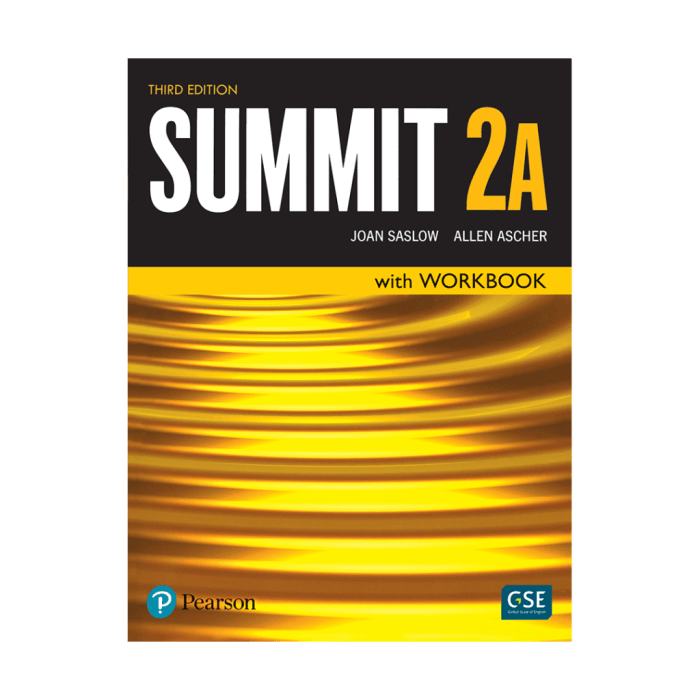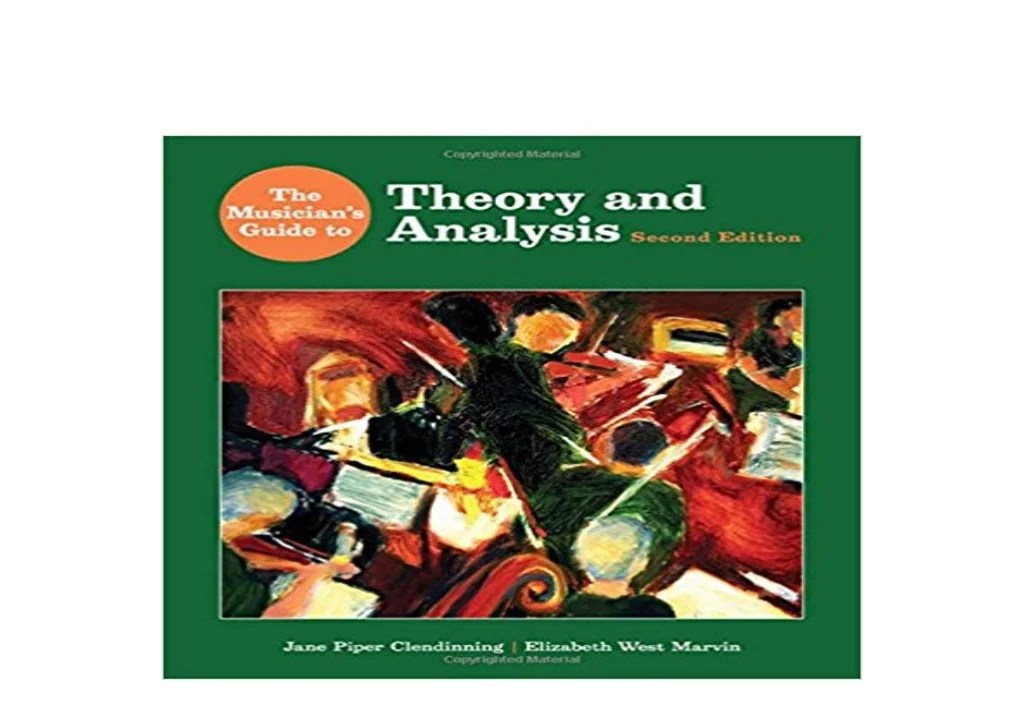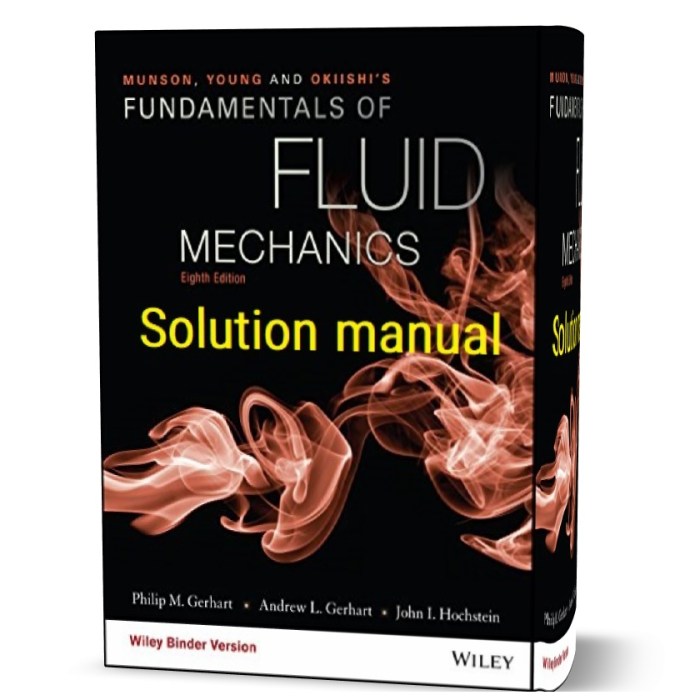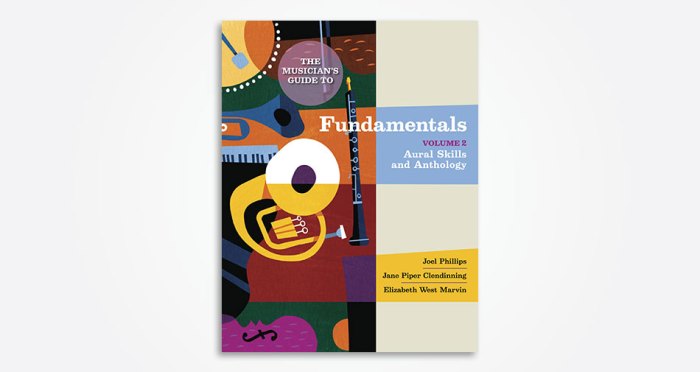The musician’s guide to fundamentals third edition – Embark on a comprehensive musical journey with “The Musician’s Guide to Fundamentals, Third Edition,” an indispensable resource that empowers musicians of all levels to delve into the core principles of music theory, ear training, performance techniques, and more. Written in a clear and engaging style, this guidebook provides a solid foundation for musical exploration and mastery.
With its comprehensive coverage and practical exercises, this third edition offers a transformative learning experience, nurturing the skills and knowledge essential for aspiring and seasoned musicians alike.
Introduction

The Musician’s Guide to Fundamentals, Third Editionis a comprehensive textbook designed to provide musicians of all levels with a solid foundation in the essential principles of music.
The book is written in a clear and concise style, and it is packed with examples and exercises that help students to understand and apply the concepts they are learning.
Target Audience
This book is ideal for beginning and intermediate musicians who are looking to improve their understanding of music theory, ear training, sight-reading, performance techniques, music history, and music technology.
Structure and Organization, The musician’s guide to fundamentals third edition
The book is divided into seven chapters, each of which covers a different aspect of music fundamentals:
- Music Theory Fundamentals
- Ear Training and Sight-Reading
- Music Performance Techniques
- Music History and Appreciation
- Music Technology
- Music Education and Career Development
Each chapter is further divided into sections, which cover specific topics in detail.
Music Theory Fundamentals: The Musician’s Guide To Fundamentals Third Edition

Music theory is the study of the basic building blocks of music, such as pitch, rhythm, and harmony.
Understanding music theory is essential for musicians who want to be able to read, write, and perform music effectively.
Types of Musical Notation
There are many different types of musical notation, each of which has its own unique set of symbols and conventions.
The most common type of musical notation is staff notation, which uses a series of horizontal lines and spaces to represent the different pitches of music.
Reading and Writing Music
Learning to read and write music is a skill that takes time and practice.
However, it is a skill that is essential for musicians who want to be able to communicate their musical ideas with others.
Ear Training and Sight-Reading

Ear training and sight-reading are two essential skills for musicians.
Ear training helps musicians to identify and recognize different pitches, intervals, and chords.
Sight-reading helps musicians to be able to read and perform music at sight.
Techniques for Developing Ear Training and Sight-Reading Abilities
There are a number of different techniques that musicians can use to develop their ear training and sight-reading abilities.
Some of the most effective techniques include:
- Listening to and identifying different pitches, intervals, and chords
- Singing or playing along with recorded music
- Reading and performing music at sight
Questions and Answers
What is the target audience for “The Musician’s Guide to Fundamentals, Third Edition”?
This guidebook is designed for musicians of all levels, from beginners seeking a solid foundation to experienced musicians looking to enhance their skills.
How is the book structured?
The book is divided into seven chapters, each covering a different aspect of music fundamentals, including music theory, ear training, performance techniques, music history, music technology, music education, and career development.
What are the benefits of using this guidebook?
This guidebook provides a comprehensive and practical approach to learning music fundamentals, helping musicians improve their musical knowledge, skills, and performance abilities.
